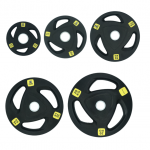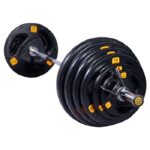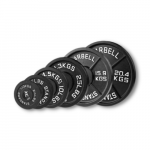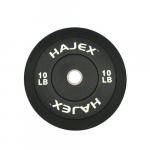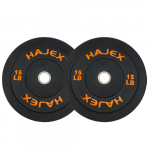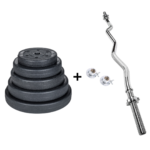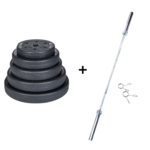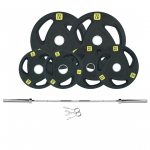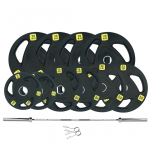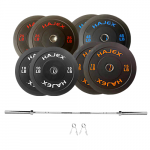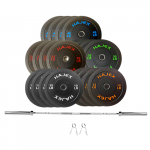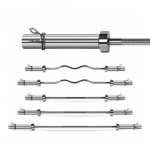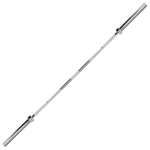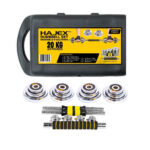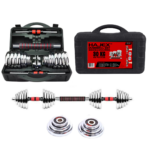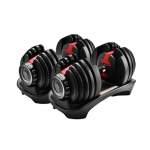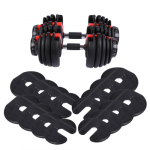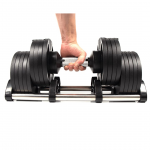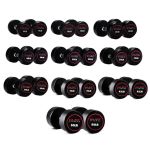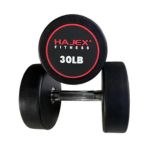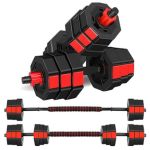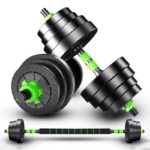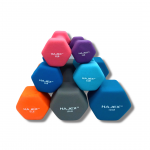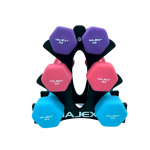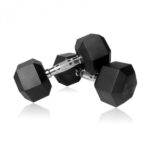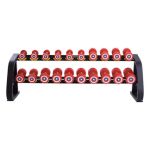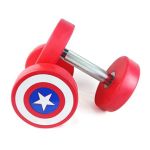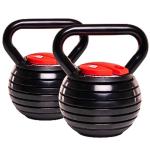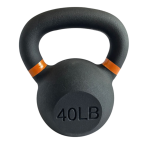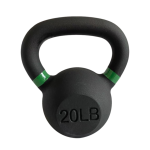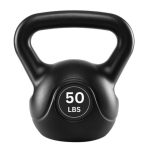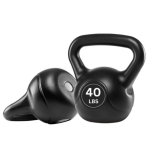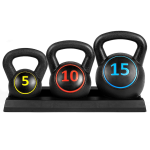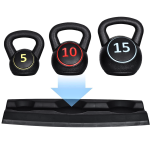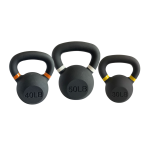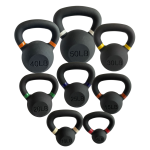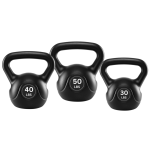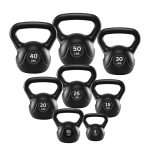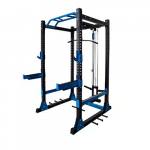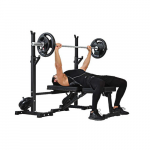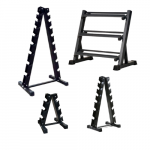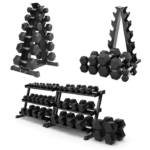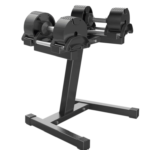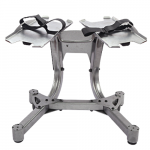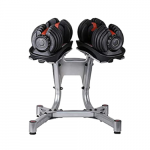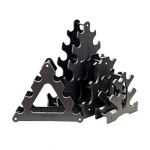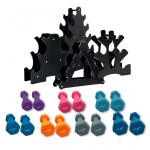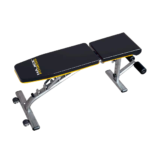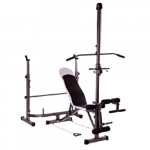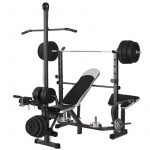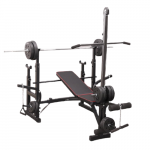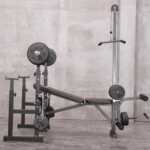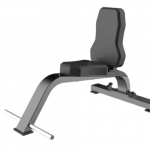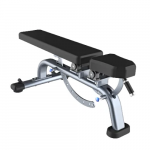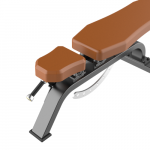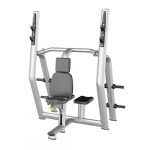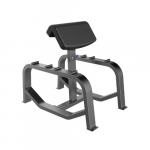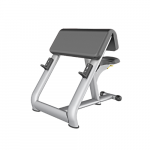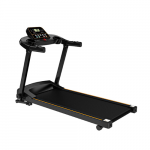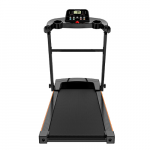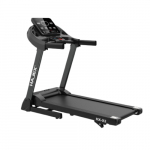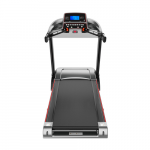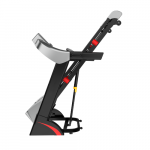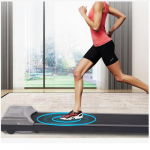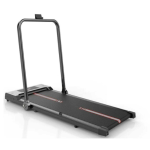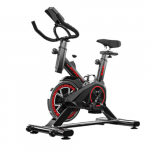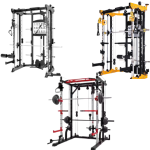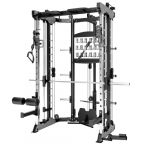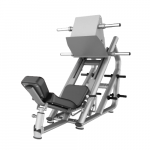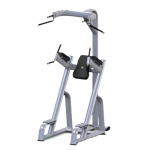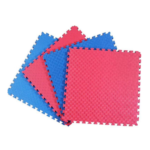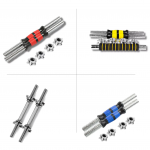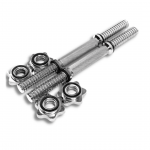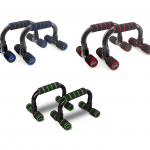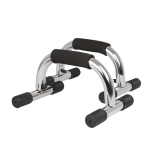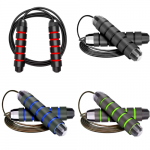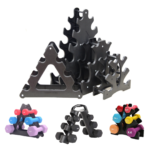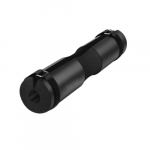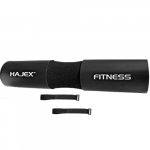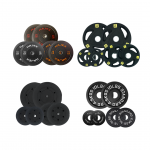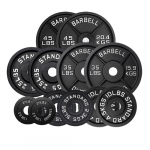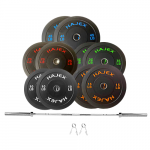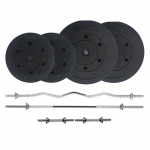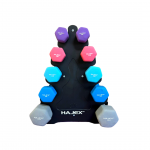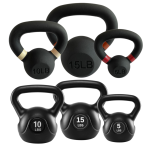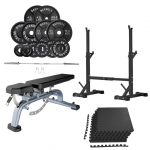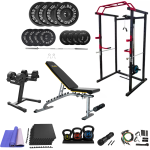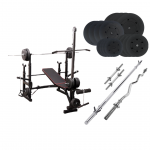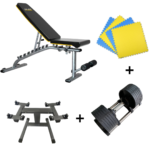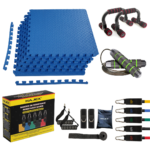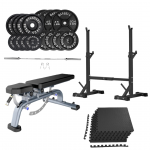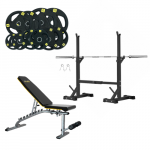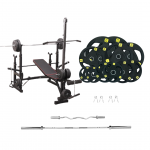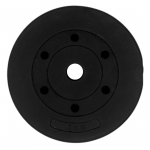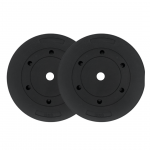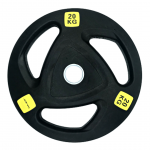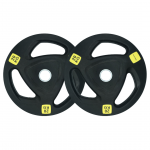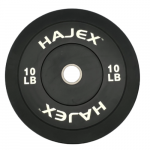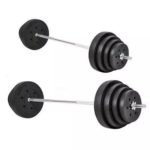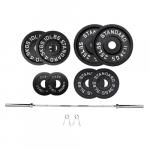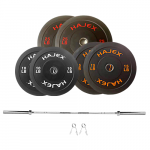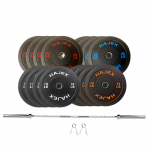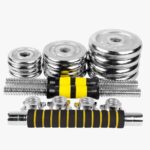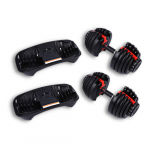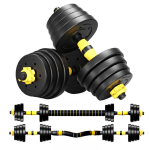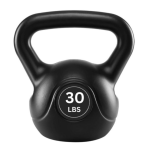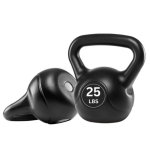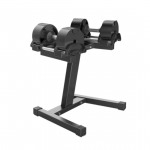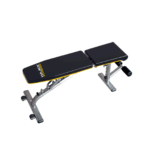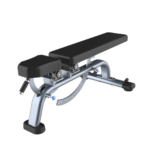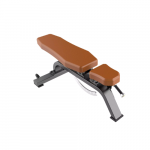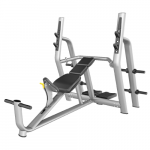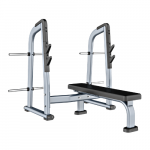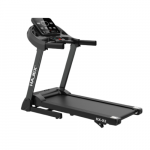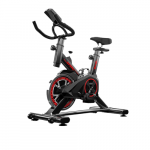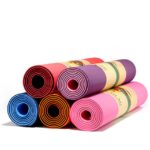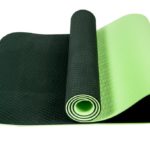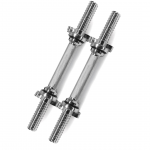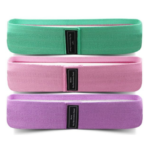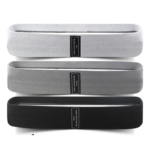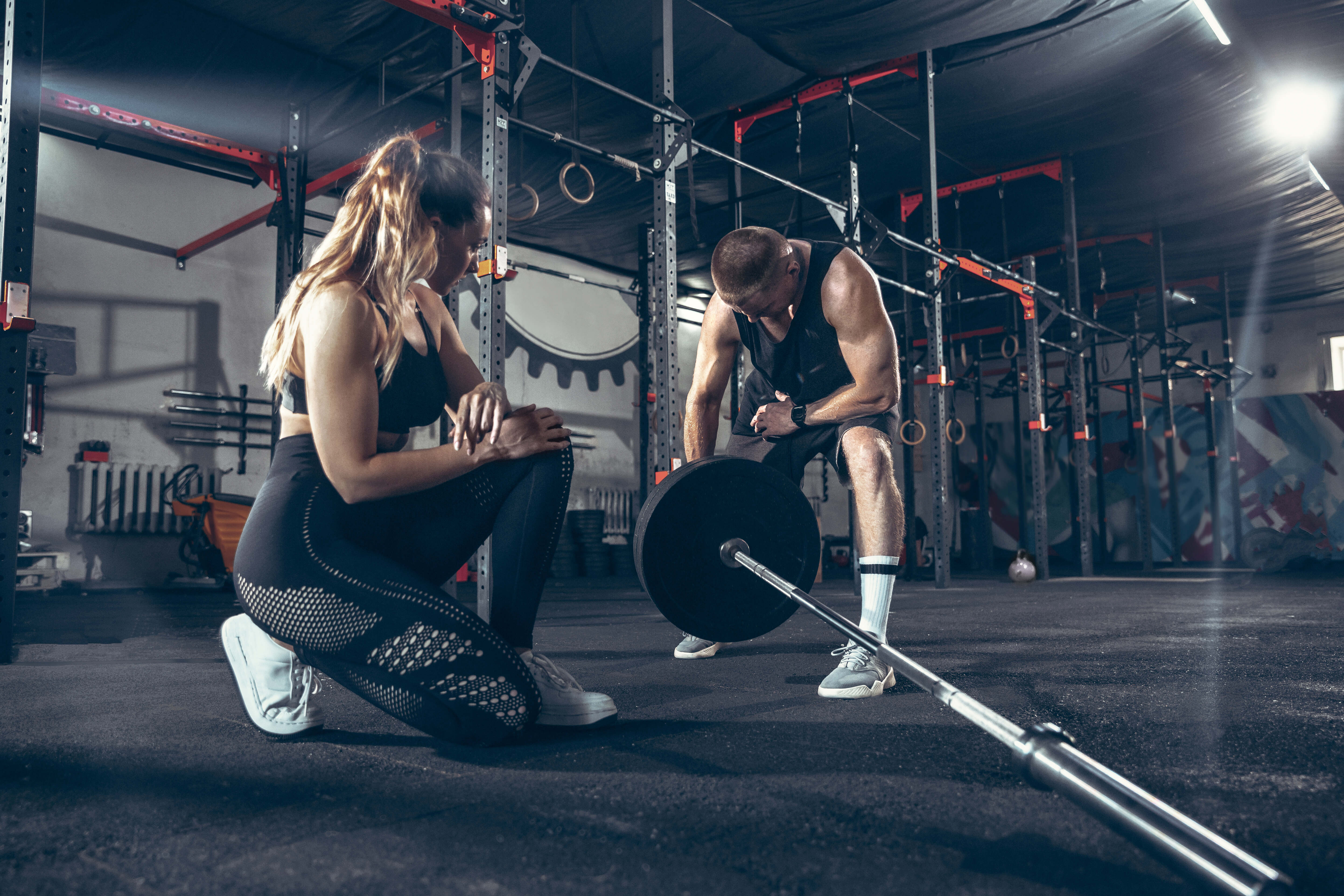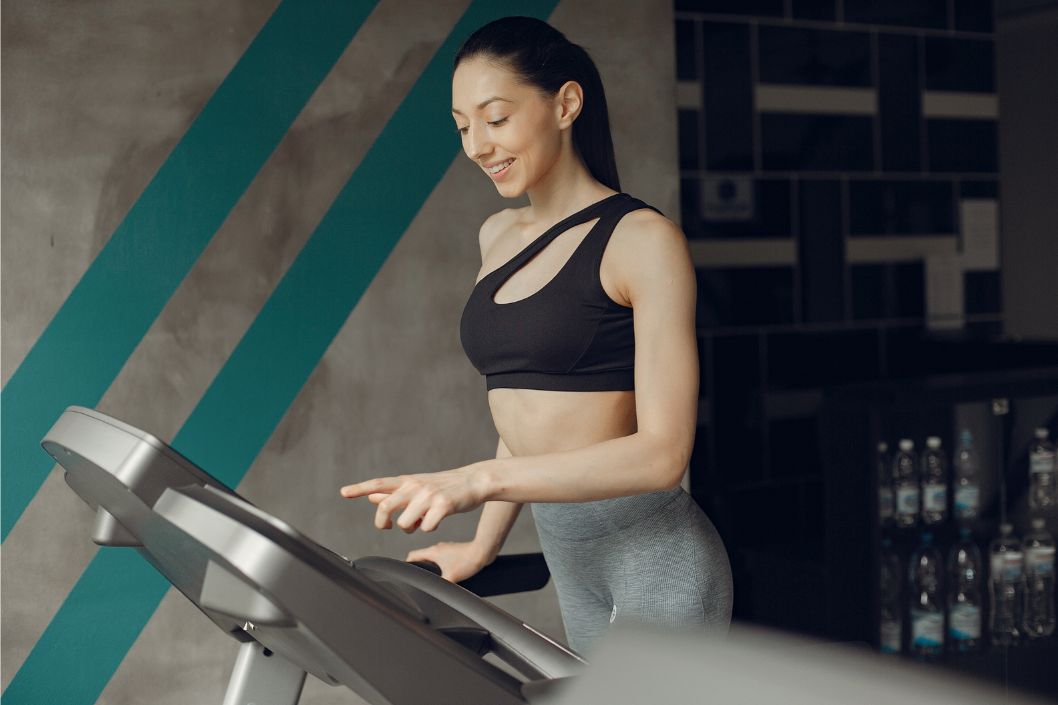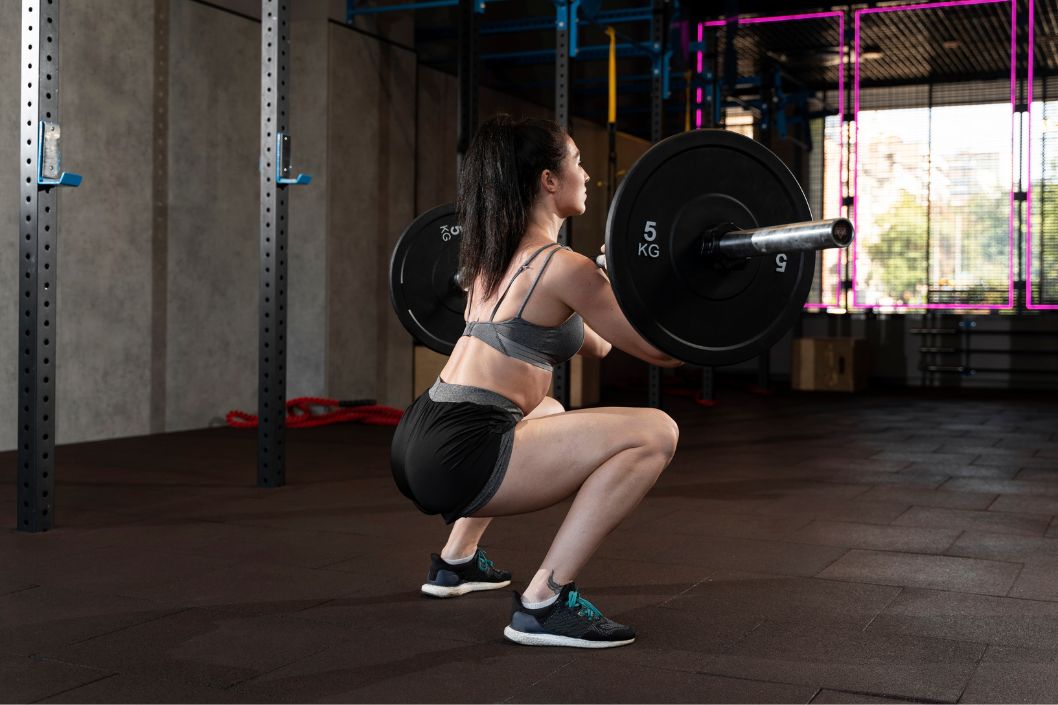Weightlifting is a well-liked and efficient approach to increase physical fitness, muscle tone, and strength. Whether you’re a beginner or an experienced bodybuilder, employing the appropriate weightlifting equipment can significantly improve your workout journey. This article describes various gym weightlifting equipment and how they are used specifically to assist you in choosing the ones that will best serve your demands and fitness objectives.
Dumbbells

Dumbbells are adaptable, hand-held weights that come in a variety of shapes to support different training approaches:
• Adjustable Dumbbells: For home gyms, adjustable dumbbells are a practical, space-saving solution. They have a handle and numerous weight plates that may be added or subtracted in order to change the weight. They are useful for a variety of activities since the resistance can be changed easily by moving a knob or sliding a pin.
• Fixed Dumbbells: Fixed dumbbells have an unchangeable fixed weight. They last a long time and frequently appear in commercial gyms. Your strength training regimen can advance well when you have a selection of fixed dumbbells in various weights.
• Hex Dumbbells: When set down on the ground, hex dumbbells won’t roll because of their hexagonal form. This layout is not only practical but also safer because it lowers the possibility of falling or getting hurt.
Barbells

The foundation of weightlifting is barbells, which are available in a variety of styles to suit varied training requirements:
• Olympic barbells are the industry standard for weightlifting. They are 7.2 feet long and weigh 35 or 45 pounds (15.9 or 20.4 kg) for women and men, respectively. These barbells are used in Olympic weightlifting contests and meet the standards established by international weightlifting organizations. To ensure a controlled and friction-free lifting experience, they contain spinning sleeves. For movements like squats, deadlifts, cleans, and snatches, Olympic barbells are best.
• Standard Barbells: Standard barbells are shorter, weighing 15 to 25 pounds (6.8 to 11.3 kg), and measuring around 5 to 6 feet. Due to their small size and low cost, they are a popular option for home gyms. They are adaptable and suitable for a variety of strength training activities, despite not having the Olympic barbells’ superior build.
Weight Plates

There are two main types of weight plates, both of which are necessary for barbell training:
• Olympic weight plates: These plates are made to accommodate Olympic barbells and have a 2-inch hole in the middle. These plates normally weigh between 2.5 pounds (1.1 kg) and 45 pounds (20.4 kg) and are composed of iron or covered in rubber. Olympic weight plates are frequently used in competitive weightlifting and powerlifting because they are precisely calibrated for accuracy.
• Conventional Weight Plates: Designed to be used with conventional barbells, standard weight plates include a 1-inch hole. They are great for novices or people on a tight budget because they are often more economical than Olympic plates.
Weight Benches

For a variety of workouts, including bench presses, dumbbell flyes, and seated shoulder presses, a weight bench offers a stable platform. There are various weight benches, including:
• The most fundamental type of bench is the flat bench, which offers a sturdy surface for a variety of strength-training activities. Since there are no inclination or decline settings, it is ideal for simple muscle training.
• Adjustable Bench: You may vary the angle of an adjustable bench, choosing from incline, decline, and flat positions. You can successfully target various muscle areas due to your adaptability.
• FID Bench (Flat, Incline, Decline): An FID bench is incredibly adaptable because it can be set at different angles to accommodate a variety of workouts and training objectives.
Power Squat Rack

Squat racks and power racks, commonly referred to as power cages, offer adaptability and safety for heavy lifting. They have a number of features, including:
• Adjustable safety bars are a feature of power racks that, in the event that a lift is unsuccessful, can catch the barbell and stop an injury. When performing exercises with high weights, like squats or bench presses, this aspect is very crucial.
• Pull-Up Bars: Many power racks come with pull-up bars already installed, giving your workouts more variety. Using these bars, you may carry out a variety of auxiliary movements and bodyweight workouts.
• Plate Storage: Some power racks offer side plate storage pegs that can assist in organizing and decluttering your workout space.
Smith Machines

Smith machines provide a guided and regulated lifting experience. They are made out of a barbell that is placed inside steel rails, allowing only for vertical movement and forbidding horizontal movement. Smith machines are popular for their safety features and are used frequently for exercises including squats, bench presses, and lunges.
Some experienced lifters like free weights because they need greater muscular activation to manage the bar, even though they offer stability and can help beginners acquire appropriate form. It is considered as a good gym weightlifting equipment by professionals.
Weight lifting belt

The purpose of a weightlifting belt is to support the lower back and core during strenuous lifting. When carrying out compound exercises like squats and deadlifts, they can assist in maintaining good posture and lowering the chance of injury. Take into account the following while choosing a weightlifting belt:
• Width: A wider belt offers the lower back and core greater support.
• Belt materials: Leather and nylon are popular choices. While nylon belts are lighter and more suited for CrossFit and functional fitness, leather belts are more robust and frequently chosen for powerlifting.
• Weightlifting belts can be fastened with either a regular buckle or a lever. Both solutions are viable; pick the one that seems safest and most comfortable to you.
Conclusion
Gym Weight lifting equipment is available in different types where each equipment has a specific function and purpose in your workout regimen. Its full-body workout capabilities make it a valuable addition to your fitness journey and help you to achieve your fitness goals. So, if you are looking for strength building, muscle tone enhancement, or overall fitness, choosing the right equipment makes your workout journey more effective and entertaining.
Frequently Asked Questions (FAQs)
Q1. What is the important gym weightlifting equipment for beginners?
There are various gym weightlifting equipment that are easy to use for beginners like dumbbells, an adjustable weight bench, and weight plates with barbells. These equipment provides a wide range of exercises to your workout regimen.
Q2. What kind of exercise can I perform using a dumbbell?
Dumbbells are flexible and can be used for numerous workouts like bicep curls, squats, bench presses, etc.
Q3. What is the key benefit of using a power rack in weightlifting?
The power rack provides adjustable safety bars to catch the barbell during failed lifts, ensuring safety. They also allow for a range of exercises such as squats, bench presses, and pull-ups.
Q4. Can I perform the same exercises using a Smith machine as I would with a power rack?
Although Smith machines provide safety features, they can limit muscle engagement compared to free weights because they guide the barbell along a fixed path. While they are suitable for specific exercises but cannot replace the versatility of a power rack.
Q5. When should I use a weightlifting belt and what are its benefits?
Weightlifting belts provide support to the lower back which reduces the chance of injury during heavy weightlifting. They are specifically used for movements like squats and deadlifts.
